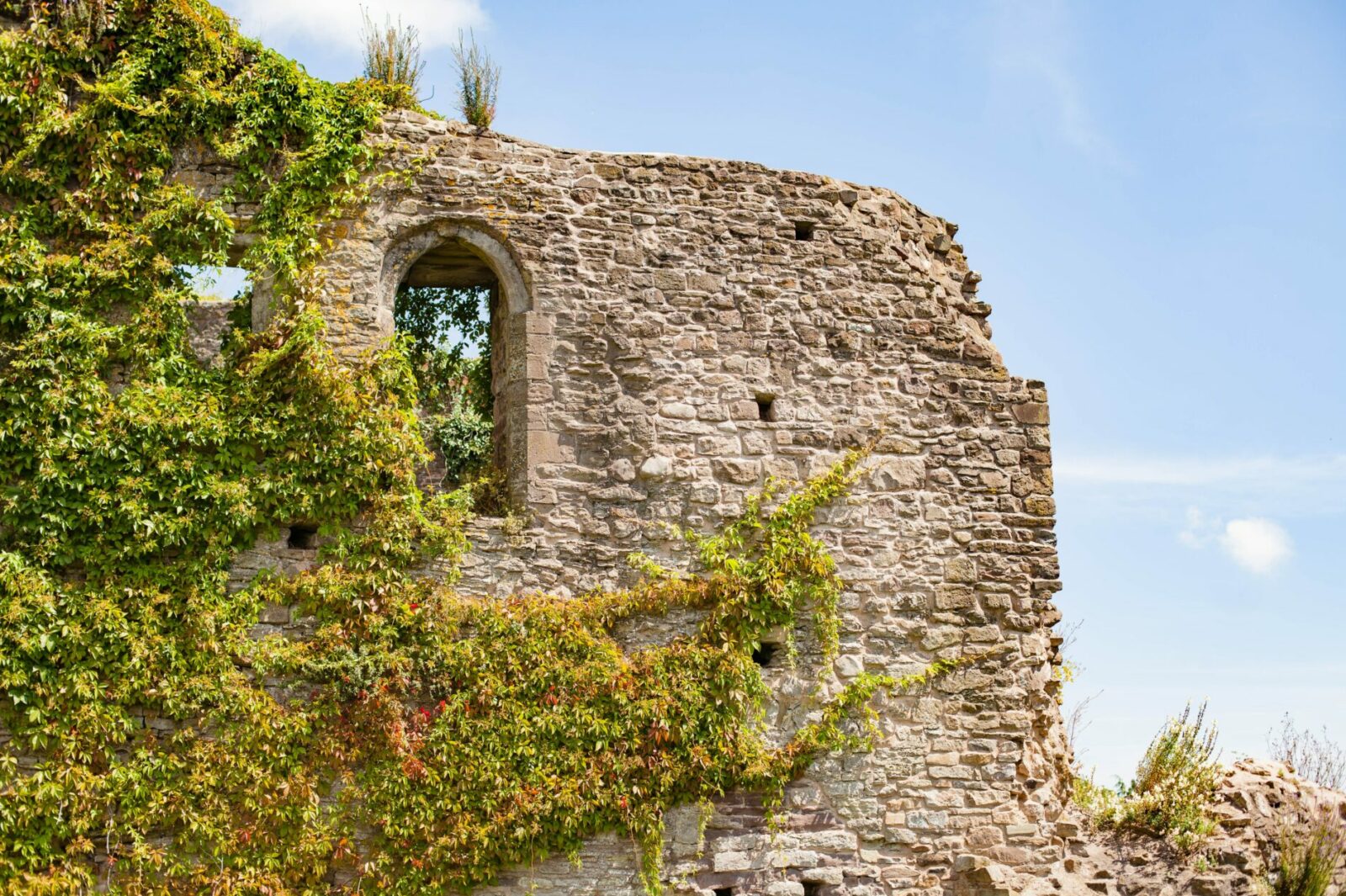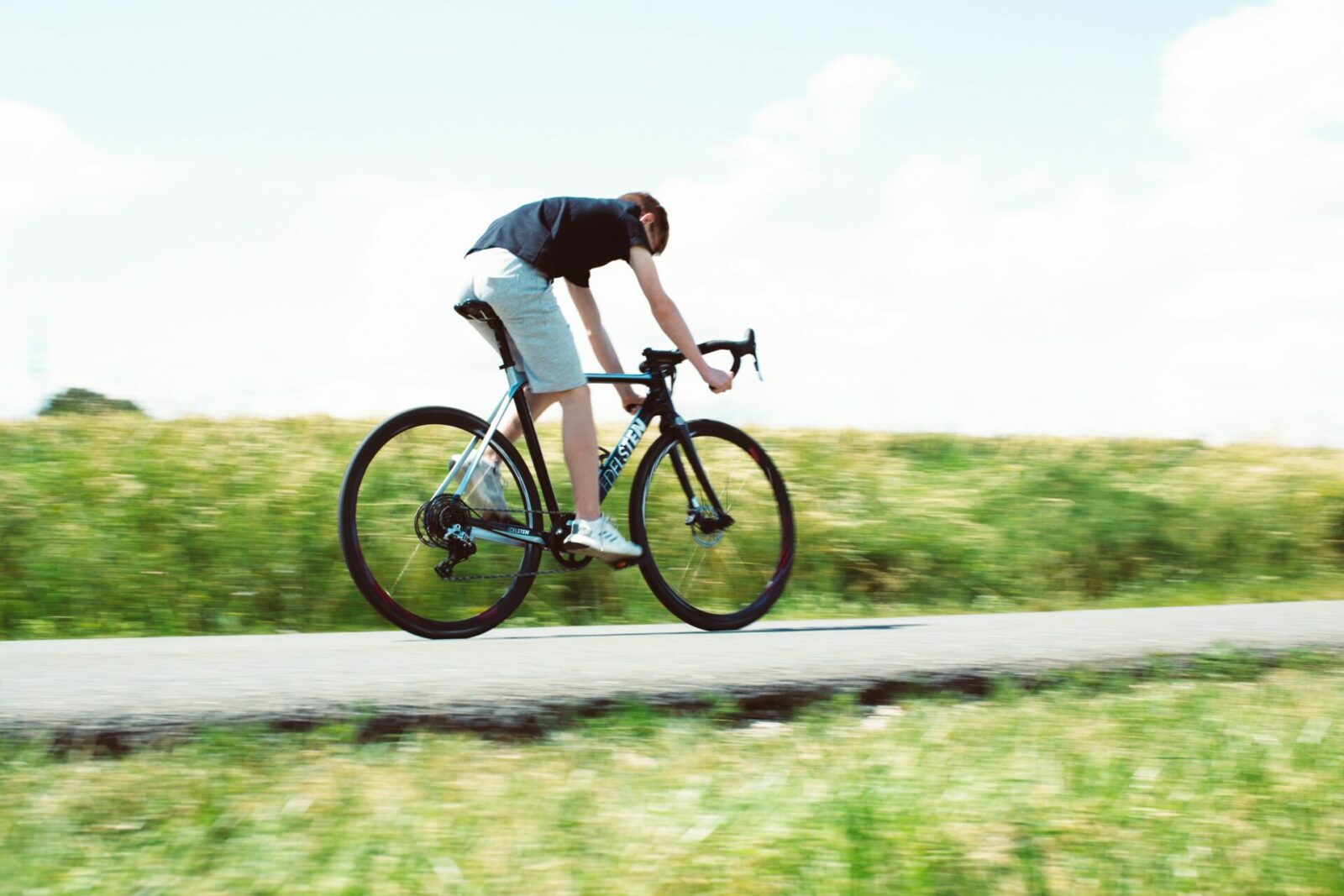5 surprising ways to explore the Sambre

The Sambre and its surroundings are simply bursting with hidden gems. Whether you choose to explore them on foot or on two wheels, the area reveals places rarely seen by the wider public and which showcase the importance of this tranquil river over the course of our history.
The Sambre winds through no fewer than 9 municipalities in the Charleroi Metropolitan Area, from Erquelinnes to Farciennes. As a defining feature of our home region, we invite you to discover this watercourse and its rich pickings. Here are five stop-offs, whether they are bucolic, surprising or bear witness to a rich past, to help you take a fresh look at this watercourse which is frequently visited, but often misunderstood.
By following the EuroRAVel 3 route (stages 5 to 7), you will discover an itinerary packed with lush countryside scenes as well as post-industrial landscapes.
Surprising moments at the marina.
During stage 7 which links Maubeuge and Thuin, enjoy a quick break to wander around the small port of Erquelinnes. This timeless place invites passing visitors to stop and relax. There are benches for picnicking and you can also enjoy a beverage or an ice cream on the sun deck just next to the port.
The port welcomes year-round residential boaters and maritime travellers.
Horses in the Haute Sambre nature reserve
Go around the towpath to Labuissière and stop at the confluence of the Hantes and Sambre rivers. This is where you will find the Haute Sambre nature reserve. Spanning more than 75 hectares, the main interest of this wild and marshy place is its biodiversity.
Managed by volunteers from the Belgian environmental protection association Natagora, this nature reserve is naturally kept in check by the fauna that inhabits it: among other animals, wild horses help to preserve the balance in this habitat.
Boaters’ quarters in Thuin
Famous for its hanging gardens and belfry, many boating enthusiasts still consider this medieval city home. At the beginning of the 20th century, over 1,000 families were living on boats, which amounted to roughly one in every five local families at the time.
Stroll around the boaters’ quarters, located in the lower town. There you will see houses dating back to the 17th and 18th centuries, discernible by their small doors and maritime-themed embellishments (anchor, ship’s nameplate, etc). A quayside museum, the Thudo, invites anyone whose curiosity has been piqued to find out more about the history of these boaters.
Music amid the ruins
Each year in the month of August, the music festival Scène sur Sambre invites Belgian and international artists to play on a floating stage, facing the ruins of the Aulne Abbey. The artists delight the eyes and ears of the public in this historic and magical setting.
The site of the Aulne Abbey receives visitors all year round. The ruins can be visited in many unique ways, in the form of the myriad games and quizzes on offer.

The post-industrial past
The Sambre plays an essential role in the industrial development of the Charleroi basin. Many relics of the industrial age point to a flourishing past which has since given way to lush nature and surprising twists and turns.
Check out the concert hall, the Rockerill, a unique venue where artists and DJs perform against the backdrop of an old factory.
Make time to drop in on the Musée de l’industrie au Bois du Cazier too in a bid to understand more about the role of this river in the industrial age.
Where next? You choose!
Once in Charleroi, you can continue along the EuroRAVel 3 towards Namur and Liège, passing through the municipalities of Aiseau-Presles, Châtelet and Farciennes. Your journey through the post-industrial basin comes to an end when you cross the Lower Sambre.
You can also choose to go back along the Canal du Centre towards Brussels. Along the way keep your eyes peeled for the magnificent Seneffe Château.
